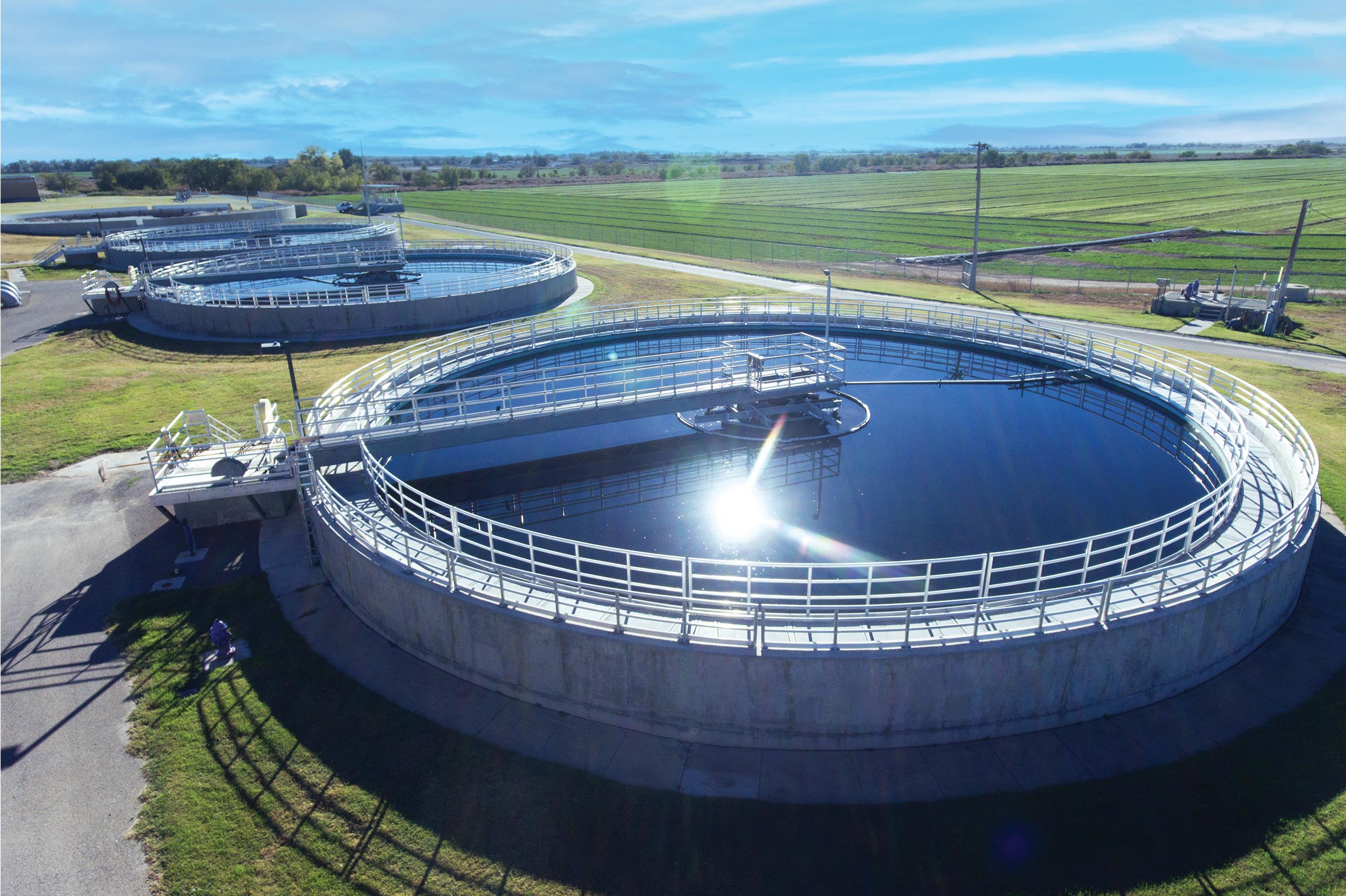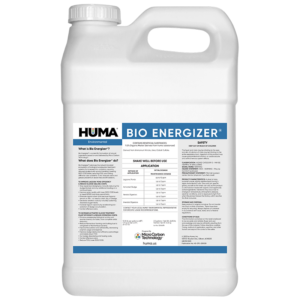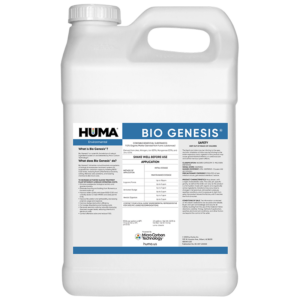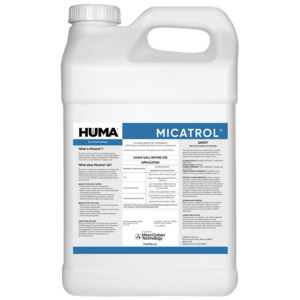Product Categories
Municipal
Activated Sludge and Lagoon Systems
Industrial
Pulp and Paper, Petrochemical plants
Food and Beverage
Biostimulant products to sustain microbial life
Case Studies

Super Phos® Lowers Papermill Operating Costs in China
Problem The existing wastewater treatment system uses 600 kg/day of diammonium phosphate (DAP) to provide the needed phosphorus concentration to maintain a healthy microbial population to treat wastewater. These microorganisms break down the organic matter being discharged from the paper processing facility. Without the correct concentration of available phosphorus, the microorganisms are unable to grow

Lagoon Study Shows Sludge Layer Biologically Active and Responsive to Reduction Using Bio Energizer®
Summary In this study, a one-year bioremediation plan was implemented for a municipal wastewater treatment facility with 2 primary lagoons that were at risk of upset and in which wastewater processing capacity was reduced due to an increased sludge layer. Specific changes in strata microbial life were tracked through ATP and DNA analysis at quarterly

Bio Genesis® Reduces Foam and Increases Stability at Idaho Municipal Wastewater Treatment Facility
Problem A municipal wastewater treatment facility in Idaho uses a small, activated sludge system to treat 35,000 gallons per day (gpd); waste activated sludge (WAS) is removed from the system approximately every 2 to 3 weeks. The system frequently experienced intermittent foaming and settling issues, as well as seasonal impact from grease relating to the
Featured Blogs

Biological Remediation of Crude Oil Contaminated Soil
A bioremediation pilot project in Texas successfully treated highly saturated crude oil–oil-contaminated soils using Huma® products. Within 30 days, total petroleum hydrocarbons (TPH) dropped from 75,000 ppm to below 10,000 ppm, demonstrating the effectiveness of probiotic technology in transforming toxic tank bottom materials into manageable, biologically active soil.

Wastewater Wednesday: Oh, Sand Dam, This is my Jam






